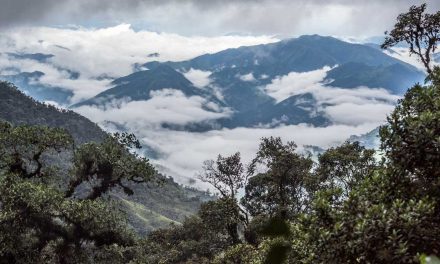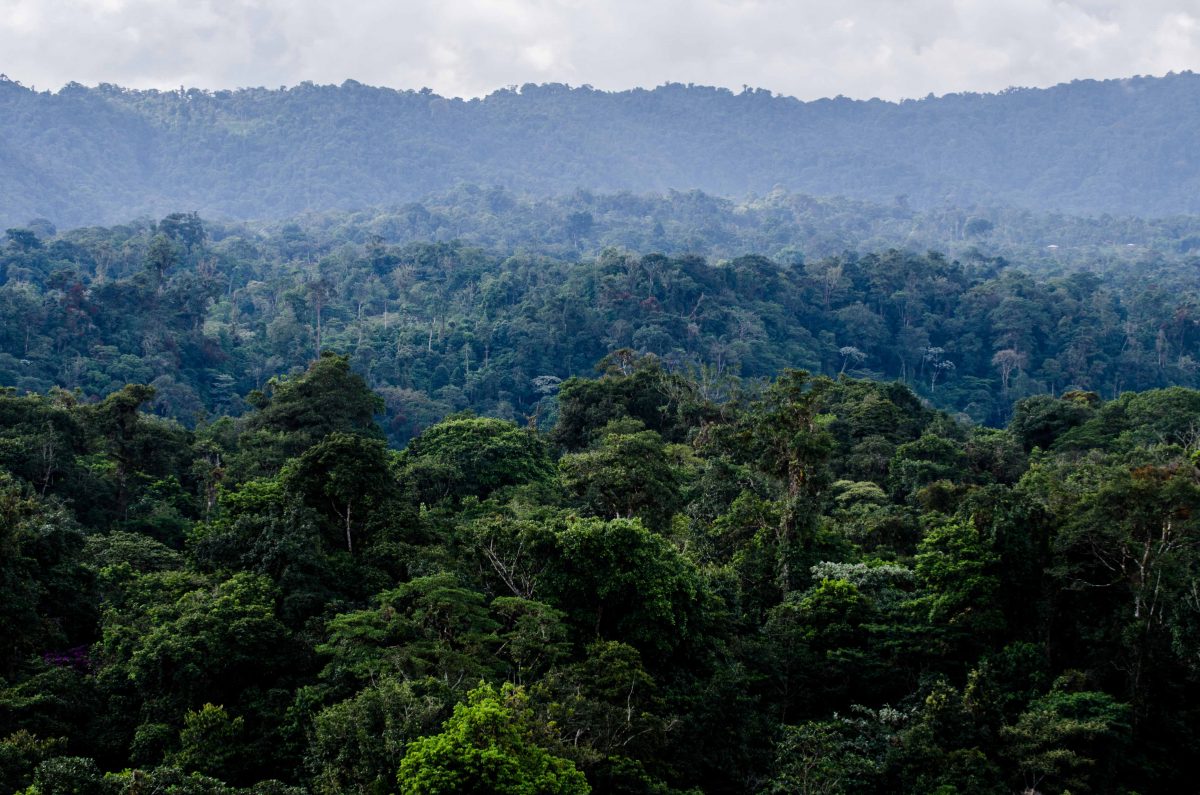As responsible travelers evolve, so do the stories we share.
This article is part of our living archive — trusted content we continue to care for.
First published on August 28, 2023 • Last updated on July 3, 2025.
On my recent trip to Ecuador’s Amazon, I was extremely fortunate to walk away without a single mosquito bite. Yes, I’m shaking my head in disbelief as well. It seems unlikely that anyone would be able to avoid mosquitoes in the rainforests of the Amazon. Especially as others on the same trip were not so lucky.
Mosquito-Borne Illnesses on the Rise Worldwide
As mosquito-borne illnesses are on the rise worldwide, it makes sense to take every precaution to avoid a mosquito bite. This is especially true in regions where the Aedes Aegypti mosquito thrives. It’s the carrier of some nasty stuff, like Zika, Yellow Fever, Chikungunya, and Dengue. It happens to be the most active in the early morning and late afternoon. However, a study shows that light pollution may be changing its behavior, expanding its activity into the evening hours.
While I can make no guarantees for your own travel to the Amazon, I can suggest a few actions that should keep the majority of mosquitoes at arm’s length.

1. Wear appropriate clothing
The Amazon is a hot and humid place. Many of us immediately consider wearing shorts and t-shirts to better manage the climate. While this may be appropriate in some instances, for hiking and camping in the jungle, I highly recommend wearing long-sleeved shirts and long pants with tall socks. These can be of thin fabric if they have been treated with the .5% permethrin (see below). However, mosquitoes can bite through thin fabric, so if you are not treating your clothes, consider wearing heavier material, despite the heat.
For a list of appropriate clothing, check out our Complete Ecuador Packlist and focus on the Amazon-specific items.
2. Pre-treat your clothes
Before leaving on your trip, take this simple step and pre-treat your clothes with .5% permethrin insect repellent (affiliate link).
Permethrin is an insecticide that kills and repels mosquitoes. Permethrin-treated clothes repel mosquitoes after multiple washings. In my experience, I was able to watch as mosquitoes approached my sleeve and hovered an inch or so away, never actually landing on the fabric.
Now, permethrin is a nasty chemical. Make sure to choose a non-windy day to spray your clothes outdoors and to keep children and pets away while doing so. Wear protective gloves and consider wearing a face mask. For more advice, check out this silent video from the CDC:
3. Use insect repellent
While this advice might seem like common sense, a lot of people forget to pack insect repellent when heading to the Amazon. This simple product is so common in the United States that we think it is easy to buy anywhere. This is not true in South America. In fact, it makes a great gift for guides and other tourism workers. Consider taking an extra bottle or two on your next trip!
And while the CDC recommends 100% Deet, we do not. The science is mixed. You can read more in this article on Scientific American.
Fortunately, the CDC list also includes three other options that we believe are safer than Deet and are also effective:
- IR3535 – Yes, this is the infamous Avon Skin So Soft solution (affiliate link)
- Products containing Oil of Lemon Eucalyptus (affiliate link)
- Picardin, our go-to insect repellent – (affiliate link)
These insect repellents can be used on clothing and exposed skin. We also recommend spraying your waistline and around your ankles and shins, even when wearing long pants. The waistline spraying can help prevent chigger-like bites. Spraying around the ankles will hopefully prevent anything from trying to crawl up a pant leg. This is especially true in camp when you may not be wearing your hiking or rain boots.
4. Use a Head Net
Some people really find that a head net (affiliate link) makes a big difference. These are small, lightweight, and easy to carry. Therefore, we recommend taking one. If you decide not to use it, it hasn’t taken up a lot of space in your luggage.
5. Use a tent or a bed net while sleeping
If sleeping outdoors, use a tent with a fine screen. In my experience, if you can avoid putting up a rain fly, do it. On our last trip, someone thought the rain fly would serve as a way to keep out mosquitoes. They were afraid the screen was not enough. The next morning, they found a tarantula camped out between the rain fly and tent. No, thank you!
For indoor lodging, most Amazon eco-lodges provide bed nets in their rooms. Use them! And make sure to tuck it in at night after you get into bed. We’ve found that this helps not only against mosquitoes but other insects that may scurry around after dark.
Extra non-mosquito tip: Even the most secure of rooms in the Amazon can see critters. Which is also a good reason to zip up your bags and close your suitcases when they are not in use. No one wants to bring home a six-legged surprise.
Five Simple Tips Should Keep The Mosquitoes At Bay
These five simple tips should help you avoid getting any mosquito bites on your trip. But just in case, you should be prepared.
First, take an anti-malarial. Your doctor will have the latest information available and can help you make the best choice for the region you will be visiting.
Second, make sure to pack a good anti-itch cream (affiliate link) and your favorite allergy medicine, like Zyrtec (affiliate link) or Benadryl (affiliate link). They are also hard to come by in the Amazon!
In closing, don’t let the mosquitoes stop you from visiting. The Amazon is an amazing place worth your visit. You will enjoy your trip as long as you arrive prepared.























Once you have decided to travel and stay outdoor the most important thing which should be a part of your travelling list is a portable foldable mosquito net. A thin screen kind of mosquito net which can be used as bedsheet is also a good option.
It’s PERMETHRIN
Thank you so much for this correction, Joy. I believe I caught every incident of the misspelled word. I appreciate your feedback!